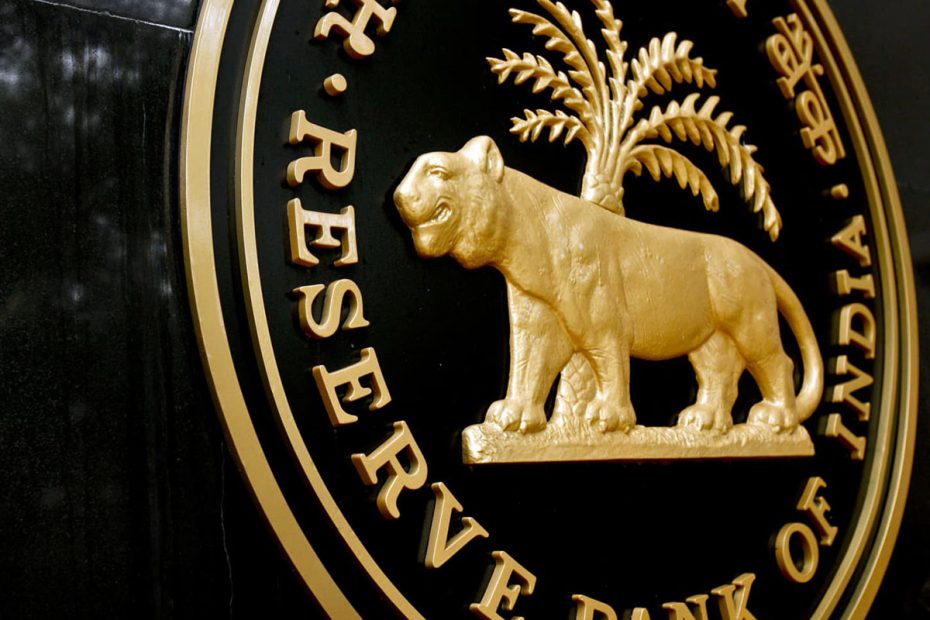What Is the RBI
The Reserve Bank of India (RBI) is the central bank of India, which began operations on Apr. 1, 1935, under the Reserve Bank of India Act. The Reserve Bank of India uses monetary policy to create financial stability in India, and it is charged with regulating the country’s currency and credit systems.
The Reserve Bank of India (RBI) is the central bank of India.
The RBI was originally set up as a private entity in 1935, but it was nationalized in 1949.
The main purpose of the RBI is to conduct consolidated supervision of the financial sector in India, which is made up of commercial banks, financial institutions, and non-banking finance firms.
Understanding the RBI
Located in Mumbai, the RBI serves the financial market in many ways. The bank sets the overnight interbank lending rate. The Mumbai Interbank Offer Rate (MIBOR) serves as a benchmark for interest rate–related financial instruments in India.
The main purpose of the RBI is to conduct consolidated supervision of the financial sector in India, which is made up of commercial banks, financial institutions, and non-banking finance firms. Initiatives adopted by the RBI include restructuring bank inspections, introducing off-site surveillance of banks and financial institutions, and strengthening the role of auditors.
First and foremost, the RBI formulates, implements, and monitors India’s monetary policy. The bank’s management objective is to maintain price stability and ensure that credit is flowing to productive economic sectors. The RBI also manages all foreign exchange under the Foreign Exchange Management Act of 1999. This act allows the RBI to facilitate external trade and payments to promote the development and health of the foreign exchange market in India.
The RBI acts as a regulator and supervisor of the overall financial system. This injects public confidence into the national financial system, protects interest rates, and provides positive banking alternatives to the public. Finally, the RBI acts as the issuer of national currency. For India, this means that currency is either issued or destroyed depending on its fit for current circulation. This provides the Indian public with a supply of currency in the form of dependable notes and coins, a lingering issue in India.
Special Considerations
The RBI was originally set up as a private entity, but it was nationalized in 1949. The reserve bank is governed by a central board of directors appointed by the national government. The government has always appointed the RBI’s directors, and this has been the case since the bank became fully owned by the government of India as outlined by the Reserve Bank of India Act. Directors are appointed for a period of four years.
According to its website, the current focus of the RBI is to continue its increased supervision of financial institutions, while dealing with legal issues related to bank fraud and consolidated accounting and attempting to create a supervisory rating model for its banks.
A Powerful Platform to Trade Options Online
Explore options trading on an award-winning desktop platform with TradeStation. Enjoy competitive pricing like zero commissions and 60 cents per options contract. Tap into our advanced analysis features through OptionStation® Pro, where you can quickly build, execute, and trade directly into the market. Want to trade options from your phone? Add flexibility to your options trading with on-the-go mobile trading.
